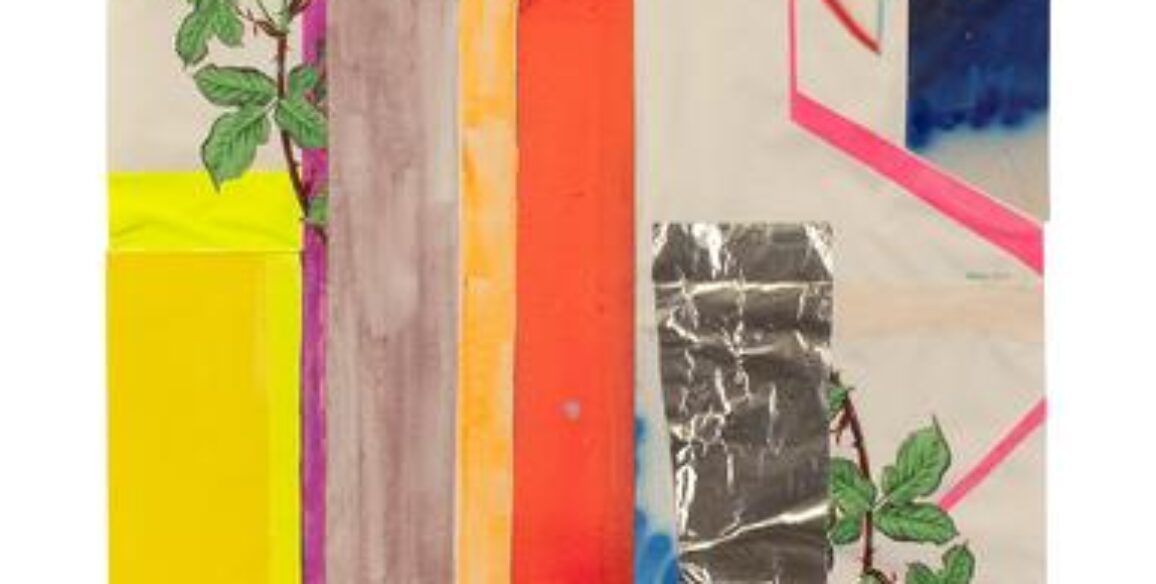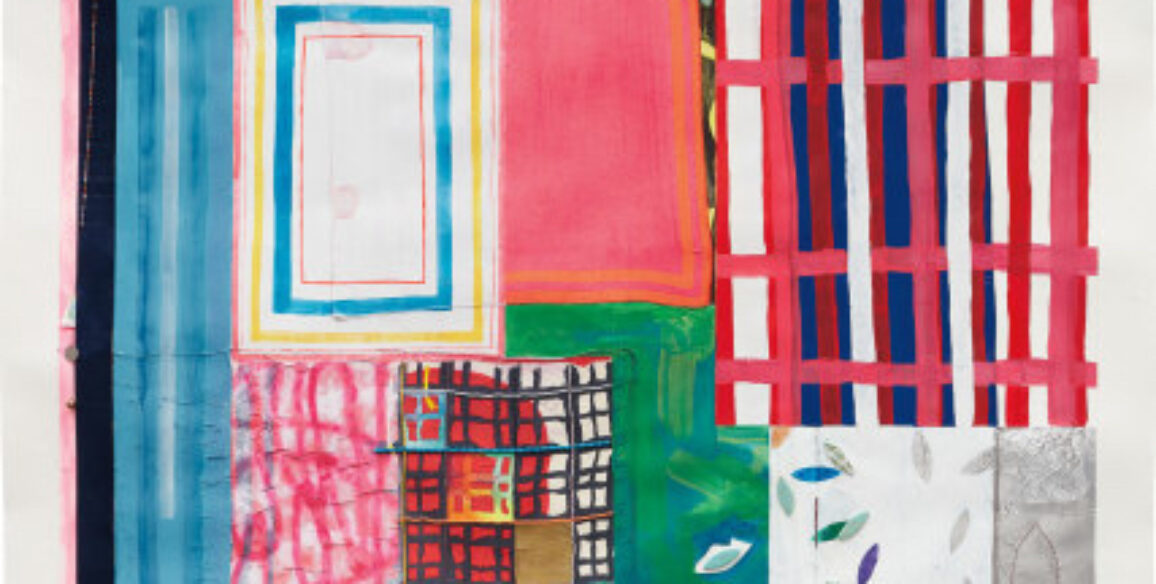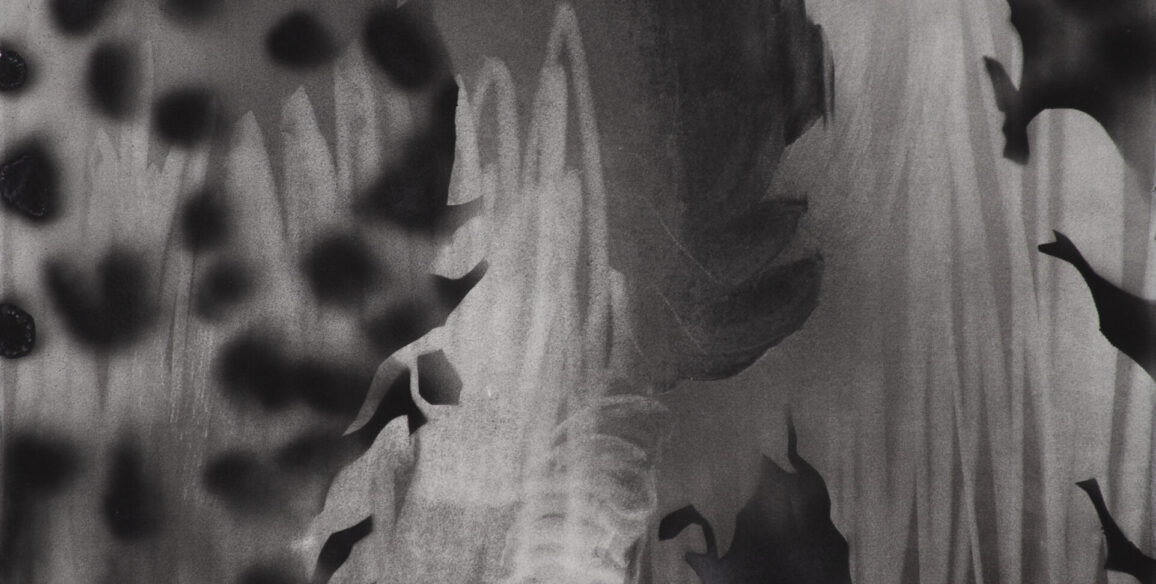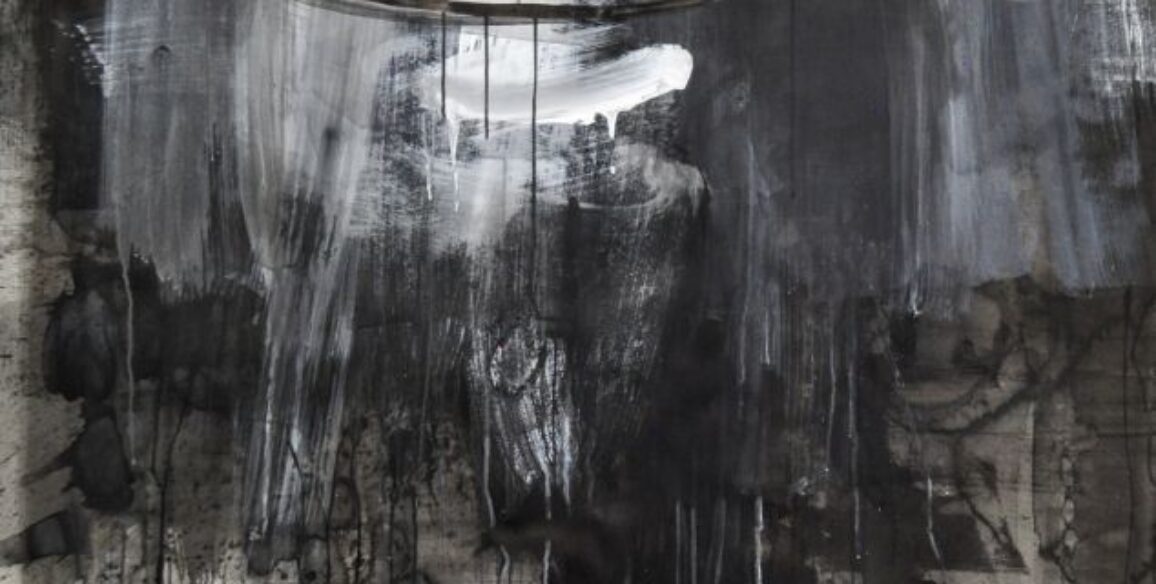JJ Peet
(Born 1973 in Minneapolis, Minnesota; Lives and works in Brooklyn, NY)
The studio where I work now is in a barn in rural Minnesota where I grew up. I generally have more time to work in more space and being in nature is something that is key to what I do. The studio has five different stations contained in a way that you saw when you were in those small studios, contained in restricted architectural spaces, in NYC. These restricted spaces allow my brain to focus on what’s right in front of me. I just kind of collect things and I pile them up until they start to become either a sculpture or a space to make things in. That sort of attitude has not changed. It’s always been like that.
I remember taking my first sculpture class and just kind of going to the garage and grabbing these pieces and making sculptures from them, not really realizing what I was grabbing, just liking the way it looked. Looking back, I remember vaguely doing these rituals around objects that I randomly took from the garage or the basement putting magic into them. I had totally forgotten these moments that had happened 30 years or so ago, that way of thinking about physical things in our world and trying to represent where it was from, the history of it, the attitude around it. I had never really made this connection until I came back here for more than a month . I started figuring it out in May and June of last year and was kind of flabbergasted. I think it’s really important to understand how I came to art early on in very odd ways through objects and just historically seeing thangs that had been around our planet for a long time. It’s fascinating because now I’m interested in going way deep into how it’s made, exactly what kinds of material it’s made from, how they did it a thousand years ago and how we do it now. All that stuff was in my brain when I was making things.
As I make work, the ideas or the influence or whatever is coming into me I’m filtering. You bring this tuff in and you start to deal with it, the outlets or the different ways things come out. Sometimes it has to be a sculpture that talks about formal qualities and scale. Another moment it’s a written poem or a work that kind of is very direct. Sometimes I’m doing these drawings because there’s so much information in me that I can’t get it out fast enough by these other processes. Drawing is something that if I have an idea I go and work on a piece of paper or the side of a piece of ceramics. I get that information out directly and immediately.
The mode of giving the viewer information is always something that I like to think about. When someone looks at my art I want it to gnaw at them after they leave the gallery or the studio or wherever it may be. I want them to think about it almost like a movie or a good book. You’re finished but you can’t get the scene or a moment or the whole trajectory out of your head. That it takes more investigation by the viewer ( and more responsibility on my end) I think makes for a good piece of art. It keeps kind of gnawing at the viewer. That’s what I love and want to do in my work. When we look at something that’s very complicated, we get these bits and pieces and start to put these things together and that keeps us wanting more from it in an investigative sort of way. Even when we go and look at a tree or a rock on the ground, we investigate it more than just a glance. That’s something I call scanning. We all should be scanners as we are humans and as we look at things, not taking it right away for granted or at face value. We go into it deeper. That’s how I run my world.
–Conversation on January 8, 2021
Listen to our conversation here:
Selected Image from the Collection:
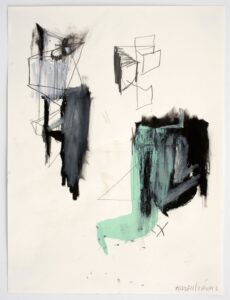
Peet, JJ, HiDDEN/viewers, 2012, Graphite, oil stick, correction fluid and ink on paper, Framed: 27 1/2 x 21 1/4 in.

